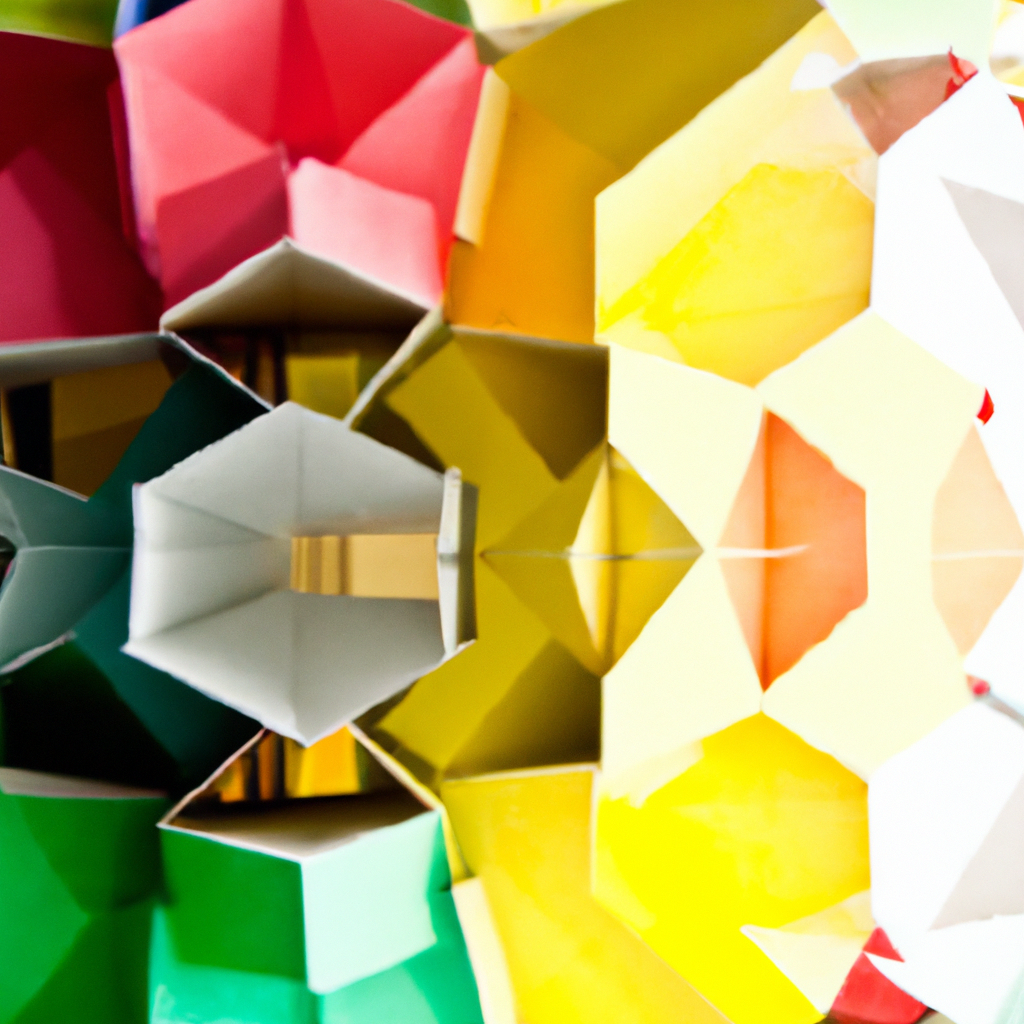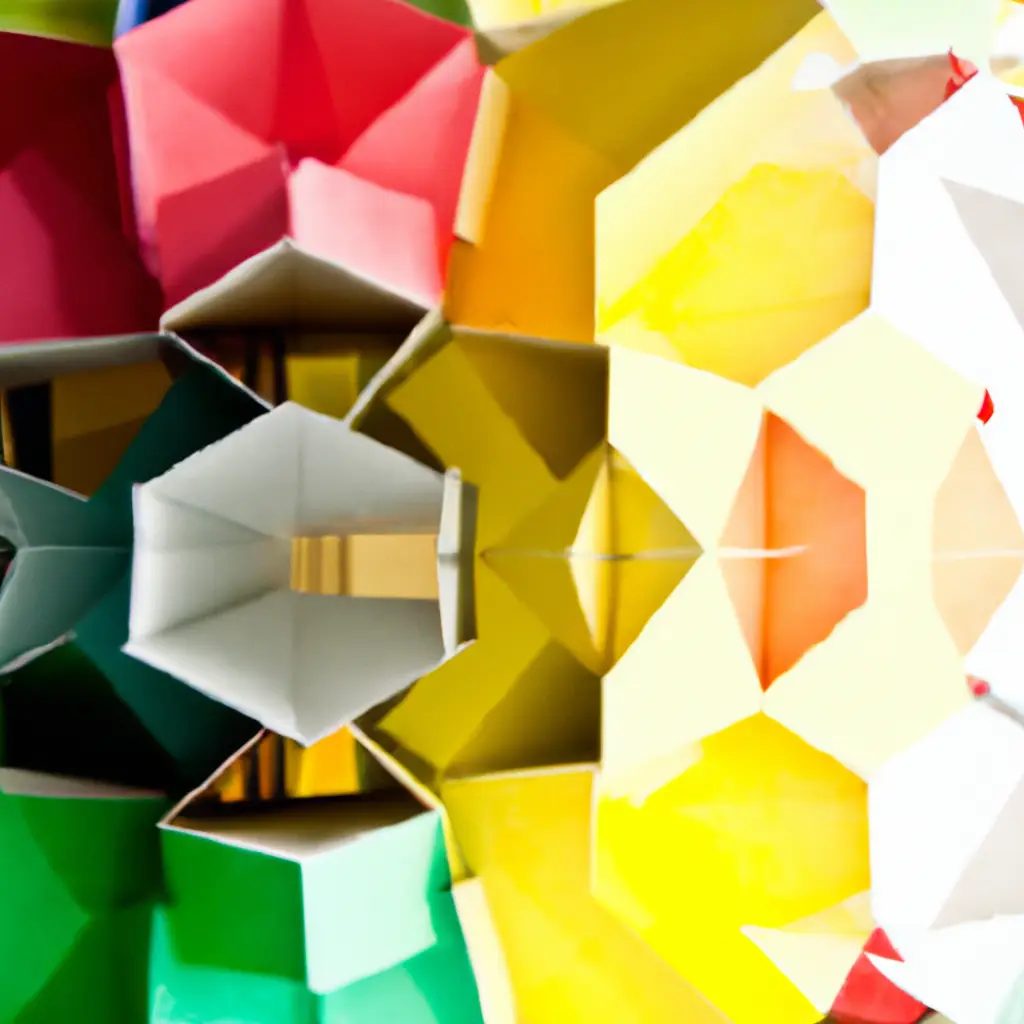
Shape Shifter: The Intriguing Influence of Geometric Shapes in Design
Shapes and Shadows: My Dabble with Geometric Shapes
In my valiant voyage through the rivers of creativity that constitute graphic design, I found myself intrigued by a simple yet potent tool – Geometric Shapes. This essential element, weaving magic through simplicity, carved a whole new dimension to my designs.
Form and Function: Appreciating Geometric Shapes
What makes these basic forms a compelling aspect of graphic design? Here’s why:
- Visual Interest: Geometric shapes create structure, introduce variety, and add visual interest to your design.
- Creating Meaning: Different shapes carry different psychological connotations and symbolisms. Utilizing them can infuse meaning into your design.
- Organized Layout: Shapes assist in creating an organized layout, segmentation, and visual distinction.
Form Fundamentals: Tips for Using Geometric Shapes
Befriending shapes in your designs calls for an in-depth understanding and creative acuity. Here are some tips:
- Know Your Shape: Understand the psychological effects that each shape carries and use them to your advantage.
- Balance is Key: Maintain a balance in using different shapes. Too many shapes could lead to a chaotic design.
- Shapes as Containers: Use shapes as containers for text or other graphics to create visually distinct sections.
Geometry at Work: Geometric Shapes in Design
The charm of geometric shapes is undeniably present in many famous designs. Consider the circular Twitter logo or the rectangular Microsoft logo, each effectively utilizing the simplicity and symbolism of geometric shapes.
Geometry Unleashed: My Journey with Shapes in Design
Incorporating geometric shapes in my designs enabled me to construct visually appealing and meaningful designs, adding depth and structure to my graphic narratives.
To my design comrades, I invite you to unravel the beauty of geometric shapes. Let’s harness the language of lines, circles, and squares to create engaging designs! Happy designing!
